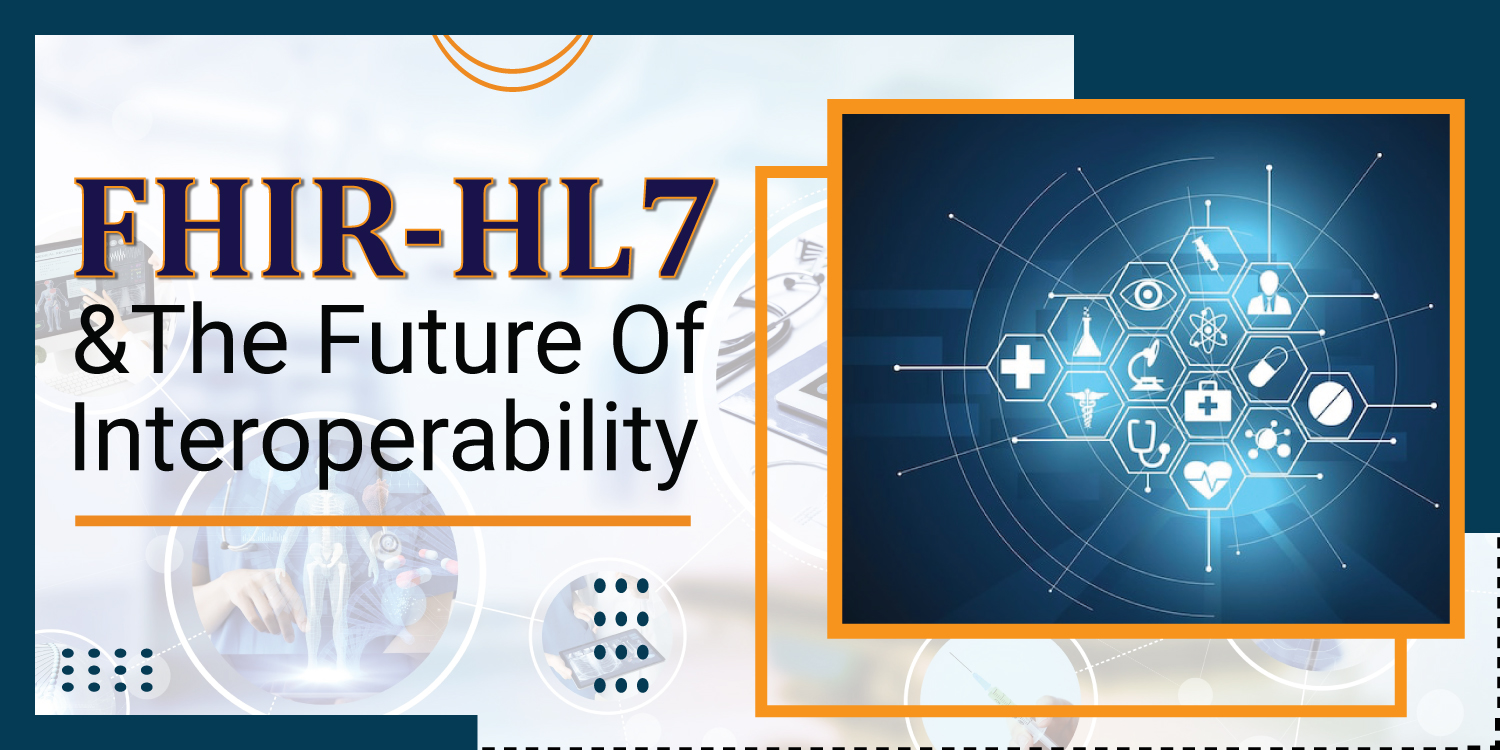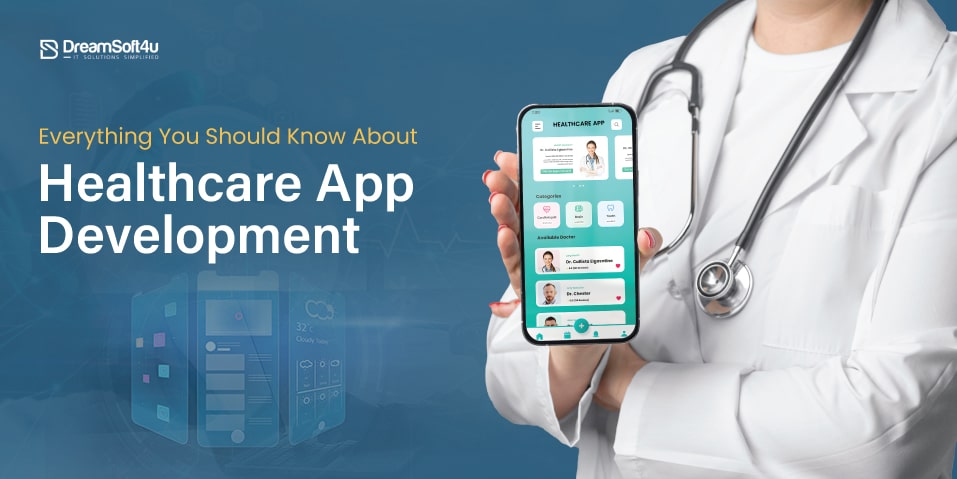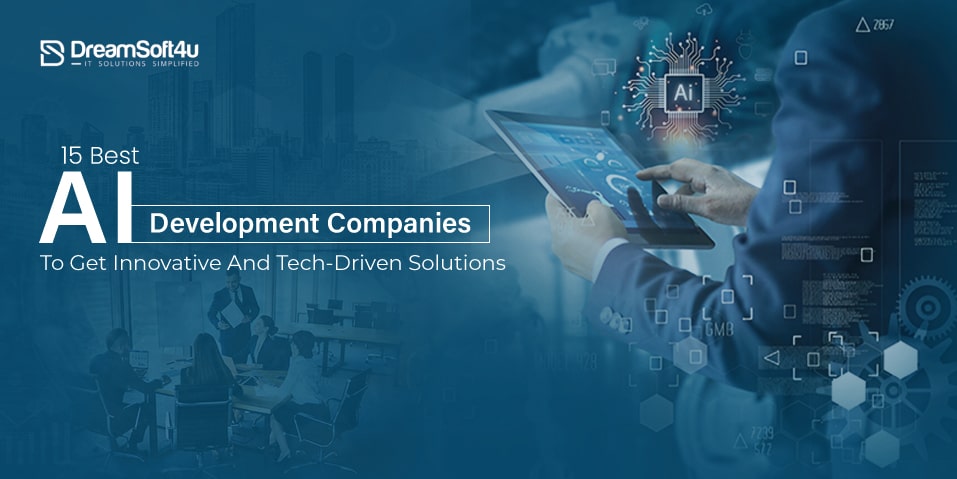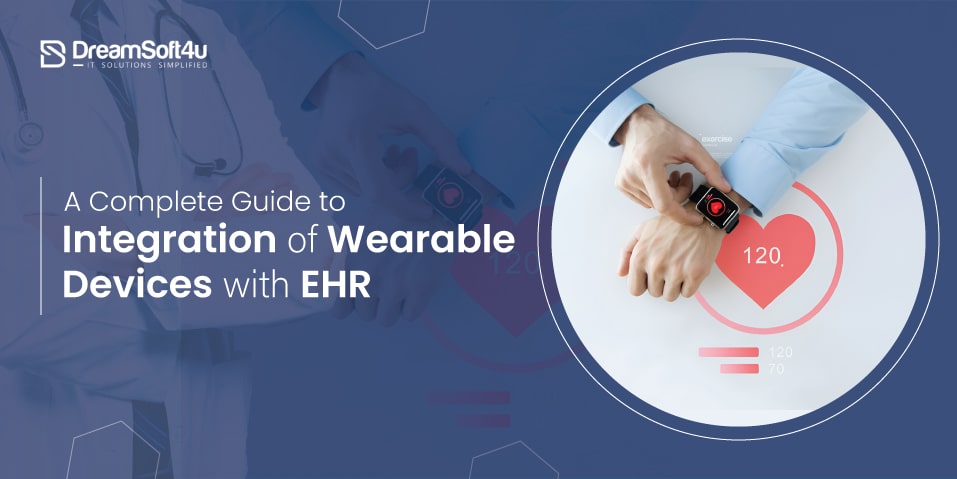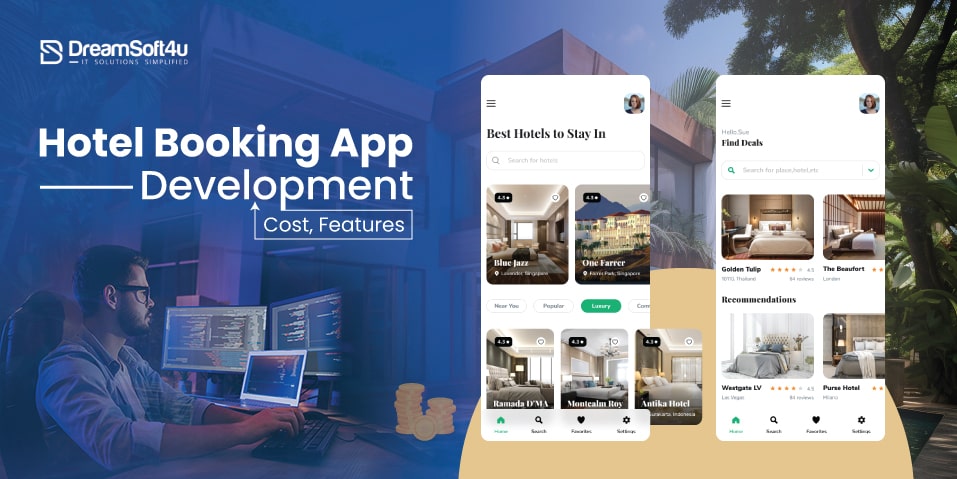The healthcare industry deals with huge piles of data every day. Therefore, secure data storage is essential. Although there are several innovation opportunities in the healthcare industry, clear and concise communication is still a task! That’s when the FHIR-HL7 came into the limelight! FHIR-HL7, also known as Fast Healthcare Interoperability Resources, was developed so that healthcare data can be exchanged smoothly between different computers.
Over the years, FHIR-HL7 has introduced several innovations for a smooth information exchange. In this article, we are going to highlight everything you must know about FHIR-HL7. We will also shed light on interoperability and its future in healthcare. So, here we go!
Table of Contents
ToggleOverview of FHIR-HL7
Fast Healthcare Interoperability Resource or FHIR, was developed by HL7. It is an interoperability standard designed to promote the digital exchange of healthcare data between one or more computer systems. For over two decades, HL7 has produced exceptional healthcare data and modeling standards. FHIR is the most recent one where data can be exchanged efficiently.
Consequently, it offers an easier way to exchange data between healthcare apps without compromising its integrity. FHIR includes the usage of different APIs, allowing various applications to plug into a standard OS. This feeds all important data to the provider’s workflow. Here, you can share data in various formats. These include services, messages, documents and RESTful interfaces. The primary aim behind the development of FHIR is to accommodate user experience and increase healthcare data complexities.
An Introduction to HL7
The non-profit organization that publishes FHIR, HL7, is accredited by the American National Standards Institute to produce healthcare standards. Some of the largest industrial companies and healthcare providers use the program; it is an international organization with over 50 member countries. It strives to facilitate the retrieval, sharing, exchange, and integration of electronic health data. Its guiding principle is to produce a foundational collection of materials that most institutions utilize in the healthcare system.
6 Key Features of FHIR
1. Extraordinary Association:
As FHIR is an open-source standard it consists of a team of brilliant experts who work on promoting the best solutions for the healthcare industry. The team is passionate to deal with complex issues and queries related to healthcare information technology ecosystem.
2. Well- Made Financial Data Tool:
Because of the hands of many experienced experts in the development of FHIR, it has developed the best tool for storing financial and clinical data.
3. User-Friendly API And Tools:
FHIR hand over tools that are easy to learn and use for mobile applications and webs. It does not provide tools that require extensive training.
4. Strong FHIR Groundwork:
FHIR is an integration of major features of HL7 and CDA. FHIR is the absolute arrangement that can be applied to solve various administrative, clinical and business problems. It’s a tool that can create miracles in the hands of healthcare innovators.
5. HIPAA Compliant:
FHIR server guarantees HIPAA compliance by putting safe systems in place. Part 2 and SAMHSA data, among other sensitive data, are marked separately. As a result, access and viewing capabilities are permitted in accordance with the necessary authorization, guaranteeing a high level of HIPAA compliance.
6. Highly Scalable:
In response to the explosion of data, the Enhanced FHIR server introduces a solution that is scalable both horizontally and vertically. Increasing the resources of an already-existing application or server is referred to as vertical scaling.
Top 8 Benefits of FHIR
FHIR is tailor-made for the internet, using ‘resources’ as its core concept. This means any type of content can be exchanged and incorporated seamlessly into existing systems.
1. User-Friendly:
FHIR takes into account advanced web technologies that are user-friendly and familiar with developers such as ATOM, REST, HTTPS, XML, and OAuth.
2. Free Access:
Before 2013, HL7 standards were not accessible without limitations. In contrast, FHIR specifications are fully open, with no restrictions or login barriers.
3. Act as a pillar to RESTful Architecture:
The REST API is the new model that FHIR brings into existence. REST APIs make sharing and exchanging information simpler. REST APIs also bring tools of the interface.
4. Swift Implementation:
FHIR HL7 promises that developers can set up a user-friendly interface within a day, and with the right integration engine, it can be accomplished even more quickly
5. Support of Vendors:
FHIR has the support of the biggest EHR vendors because of this there is a rise in the development of applications based on SMART on FHIR. This has made data sharing easier and improved the level of interoperability.
6. Mobile-Friendly:
FHIR makes use of technologies that are supported by mobile devices like REST and JSON. This is the reason for the increase in the number of mobile health applications that should lead to a huge increase in the number of Mobile Healthcare Apps.
7. Doesn’t Require Any Special Efforts:
Required skills for FHIR implementation are easily transferable and doesn’t require extensive training. This also helps the companies to save their costs.
8. Cost saving
Lowering the complexity of data interchange and facilitating more effective data sharing will save expenses and raise the standard of service that you offer. Development is something you do once and can utilize repeatedly. It’s not always necessary to start from scratch when creating a custom method of data sharing between various platforms.
Understanding the need for interoperability
Interoperability in the healthcare industry deals with the ability of one or more systems to exchange healthcare information. It includes the use of electronic healthcare data in a secure and timely manner. The primary aim of interoperability in healthcare is to enhance a patient’s outcome. It helps healthcare experts:
1. Organize medical care
Doctors have access to a patient’s most crucial medical records, which can reduce the need for follow-up exams, avoid unintentional drug interactions, and improve communication.
2. Comply with regulations
Respect laws Safely handling and safeguarding patient data aids providers’ adherence to security and privacy laws, including HIPAA.
3. Conserve time.
With quick and easy access to patient information, providers may finish tasks with less time and effort.
Healthcare is much more than meeting patients’ medical requirements and giving them tailored medical solutions to overcome a disease. It also deals with data sharing and open communication between different stakeholders. Imagine a scene where medical information generated at a particular healthcare center cannot be comprehended or understood at another healthcare center. That is why interoperability is extremely important in the healthcare industry.
Future of Interoperability in Healthcare
FHIR is the most talked-about affair at the annual HIMSS conference, which is the greatest health IT conference in the U.S.
FHIR offers great things to the healthcare industry. It does not lay down restrictions on the practices you use and attempts to promote interoperability to multiple solutions rather than to just one solution. The perks it offers will make FHIR stay.
Healthcare systems need to develop modern applications and employ future-oriented technology. Earlier, interoperability was an issue in the healthcare industry. FHIR has attained widespread recognition within the industry and has gained immense support from healthcare professionals to make interoperability a reality.
With the advancement in technology, patients are taking more responsibility for their care. They want to have access to their health-related data and records. Further, both the service provider and receiver need a secure way of communication. That’s when the interoperability in healthcare industry was introduced.
Interoperability is the ability of applications and systems to access and interpret information accurately. It plays a significant role in reducing healthcare costs and enhancing patient-overall care coordination.
According to experts, interoperability is the future of healthcare as it goes beyond data transmission. It promotes seamless interaction between different healthcare systems and software. It spans organizational borders with its primary goal of harmonizing the operation of health information systems, improving patient outcomes, lowering costs, and increasing healthcare delivery’s effectiveness.
Looking at all the advantages and the current situation, the future of interoperability is extremely promising! By adopting FHIR, patients can adopt alternative payment methods and can get real-time information. Through continuous innovations and the usage of emerging technologies, healthcare experts can have access to all healthcare information without the risk of data breaching or security.
We at Dreamsoft4u are helping people to get a seamless flow of information by providing Software like EMR, EHR, Telemedicine app development and many more.
How DreamSoft4u you with healthcare?
DreamSoft4u is one of the world’s leading healthcare software development companies offering cutting-edge development solutions and top-notch services. Over the years, the company has successfully delivered tailored solutions in the healthcare industry to clients worldwide. With a track record of over 1000 satisfied customers, DreamSoft4u is a popular choice! So, if you are planning to introduce your telemedicine software or a healthcare app, get in touch with experts at DreamSoft4u today!
Conclusion
In the healthcare industry, FHIR-HL7 and interoperability stand at the forefront as they promote secure and safe data storage. These standards establish clear communication and improve data sharing. Additionally, they prepare healthcare experts for advancements in the industry.
FAQs
1. What is the future of FHIR in the healthcare industry?
Although there are multiple challenges, FHIR is known to reshape the healthcare industry. It will become a group of applications that work on a centralized system to manage and control different healthcare options.
2. How is FHIR different from HL7?
FHIR is known for using RESTful web services and open web technologies. These include XML and RDF. On the other hand, FHIR relies on XML for communication. As a result, FHIR is a highly flexible and modern solution as compared to HL7.
3. How does FHIR support integration with legacy health systems?
FHIR facilitates data conversion, promotes interoperability between legacy systems and standardizes data extraction.
4. What are some major challenges of FHIR?
Like most technologies, FHIR is not free of challenges. One major challenge of the FHIR is the Inconsistent implementation of APIs. This means that not every software will work efficiently within the FHIR framework.
5. List common benefits of FHIR in the healthcare industry
Here are the top benefits of FHIR in the healthcare industry:
- Faster go-to-market
- Better data management
- Improved collaboration and data sharing
- Patient empowerment
- better data integration

